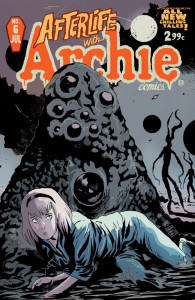 Just in time for Halloween, here’s something different for this site: Me recommending a project I had nothing to do with. Okay, maybe not all that different—after all, I’ve posted summer reading lists in which I recommend other authors’ works. If anything, it’s different in that it involves a comic book series, the latest issue of which I reviewed for the news site Comics for Sinners. It’s the most unexpected—and most popular—Archie Andrews comic ever: the zombie apocalypse series Afterlife with Archie. And I think it’s something you Panatics might be interested in…
Just in time for Halloween, here’s something different for this site: Me recommending a project I had nothing to do with. Okay, maybe not all that different—after all, I’ve posted summer reading lists in which I recommend other authors’ works. If anything, it’s different in that it involves a comic book series, the latest issue of which I reviewed for the news site Comics for Sinners. It’s the most unexpected—and most popular—Archie Andrews comic ever: the zombie apocalypse series Afterlife with Archie. And I think it’s something you Panatics might be interested in…
It started as a joke: a Halloween drawing by artist Francesco Francavilla (The Black Beetle), of a comic-book cover for a nonexistent horror series called Afterlife with Archie (a parody of the long-running Life with Archie); in it, America’s favorite teenager was being stalked in a cemetery by his best friend, Jughead—who’d become a zombie. The image went viral and comic fans laughed about it…but at Archie Comics, someone took a look at it and thought, Archie and his pals in a zombie apocalypse—what a great idea!
And thus was born Afterlife with Archie, the series, with Francavilla as artist, joined by writer Roberto Aguirre-Sacasa (Stephen King’s The Stand). Together, they’ve made AwA one of the most talked-about series currently being published, and one of the company’s top titles, by treating it as a straight-up horror series not intended for younger readers used to Archie’s more comedic antics. The setup is: Jughead’s dog, Hot Dog, is hit and killed by a car; Jughead brings him to Sabrina the Teenaged Witch and begs her to revive him; Sabrina uses The Necronomicon to do so (well, there’s a bad idea). In a Stephen King’s Pet Sematary–style twist, Hot Dog comes back as a very bad dog—a zombie dog, in fact, that puts the bite on Jughead…who then quickly spreads the infection to the rest of Riverdale. And suddenly Archie Andrews knows what it’s like to be Rick Grimes in The Walking Dead…
With the first story arc completed in AwA #5, Afterlife with Archie #6 shows us what’s become of Sabrina after her two witchy aunts punished her for accidentally unleashing hell on Earth—the last we’d seen of her was in the first issue, when they’d banished her to the “Nether-Realm.” Now we find out things haven’t improved much for her…
“Witch in the Dream House” uses the trope of the lead character who insists that their “hallucinations” and imagined life are reality while everyone tries to convince the character they’re insane. For Sabrina, it’s her certainty that she’s a witch, surrounded by monster in group therapy at a mental institution—run by two doctors named Lovecraft and Machen. If you recognize the names H. P. Lovecraft and Arthur Machen, two of the horror genre’s greatest writers, you can see where this is going, can’t you?
For horror fans, there are Easter eggs galore, with shout-outs to the authors’ works, most notably Lovecraft’s C’thulu Mythos—two of Sabrina’s fellow patients are Erich Zann (“The Music of Erich Zann”) and Richard Pickman (“Pickman’s Model”)—as well as Robert W. Chambers’s fabled city of Carcosa (most notably referenced in the first season of HBO’s acclaimed series True Detective) and the cult classic film The Wicker Man (the original with Edward Woodward and Christopher Lee, not the crappy remake with Nicholas Cage). And as for the ending…well, you’ll just have to see it for yourself.
As a bonus, instead of AwA’s usual backup stories—reprinted from Archie’s Red Circle–imprint series Chilling Tales of Sorcery, with stories and art by some of comics’ legendary creators—this issue features a sneak peek of Chilling Adventures of Sabrina #1, Aguirre-Sacasa’s not-quite-an-AwA-spinoff-series that’s currently on sale. Set in the 1960s, with art by Robert Hack, it seems to take its cues from Rosemary’s Baby and other occult thrillers of the sixties and early seventies. Definitely another series to check out.
Bottom line? If you’re already reading Afterlife with Archie, or are a fan of the works of Lovecraft, Machen, and Chambers, then definitely pick up this issue. If you’re a horror fan in general, you need to be reading this series. AwA is one of the smartest, creepiest comics out there right now, with a minimal amount of gore shown during its most violent scenes, but a lot of oppressive mood. Archie + zombies + the C’thulu Mythos = a can’t-miss series.
Afterlife with Archie #6
“Witch in the Dream House”
Written by Roberto Aguirre-Sacasa
Art by Francesco Francavilla
Publisher: Archie Comics
32 pages • full-color
$2.99 U.S.
On sale now
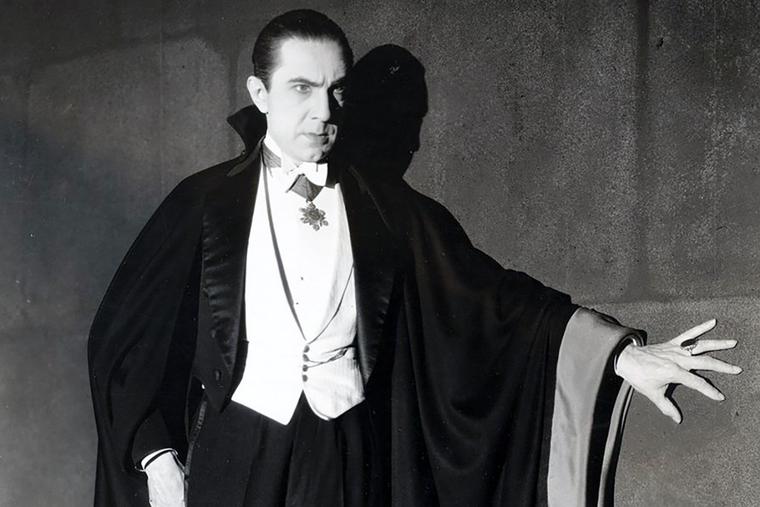
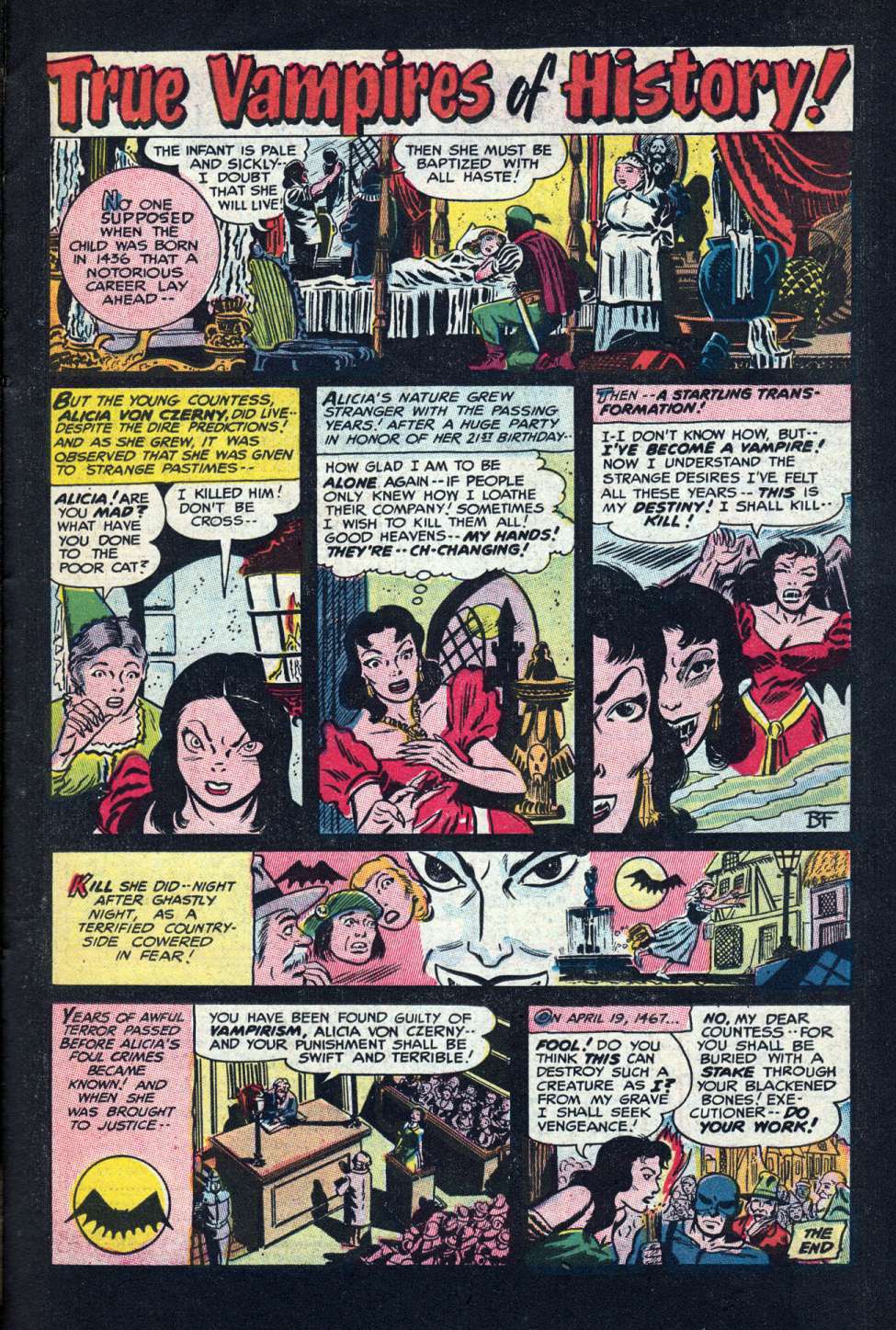

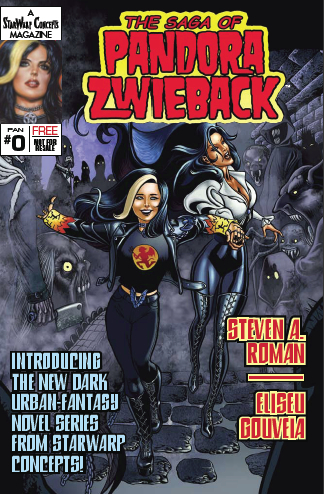
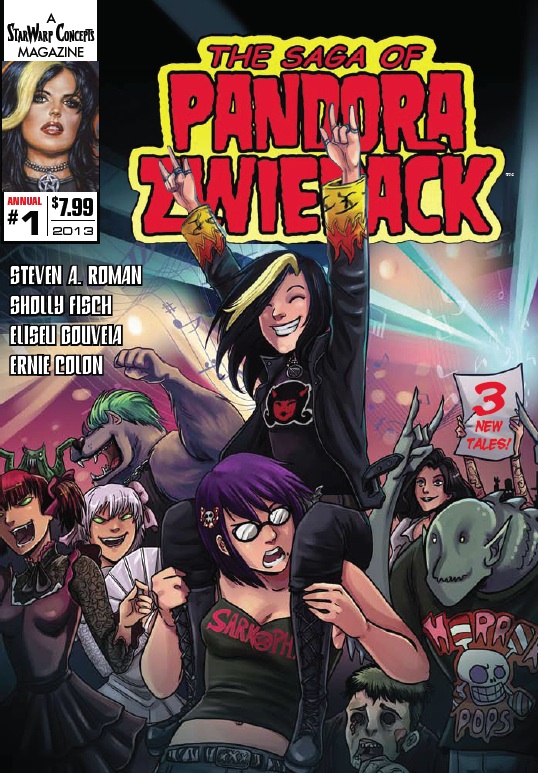
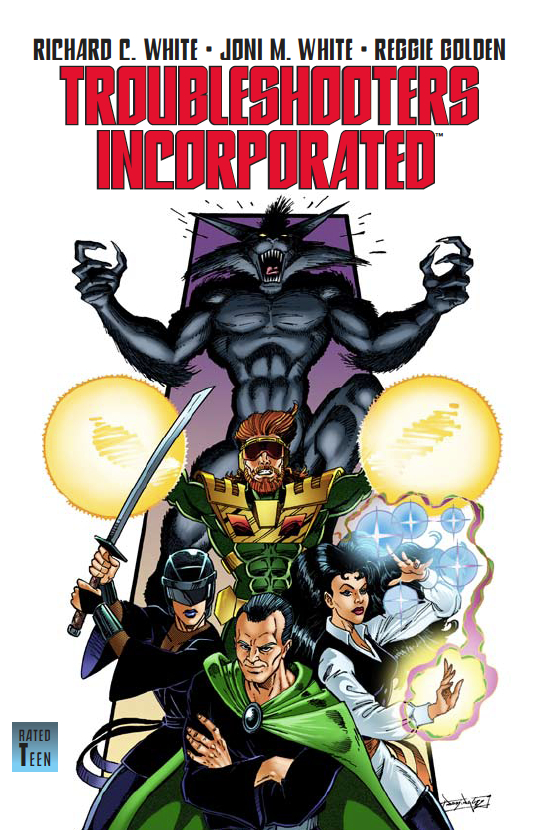
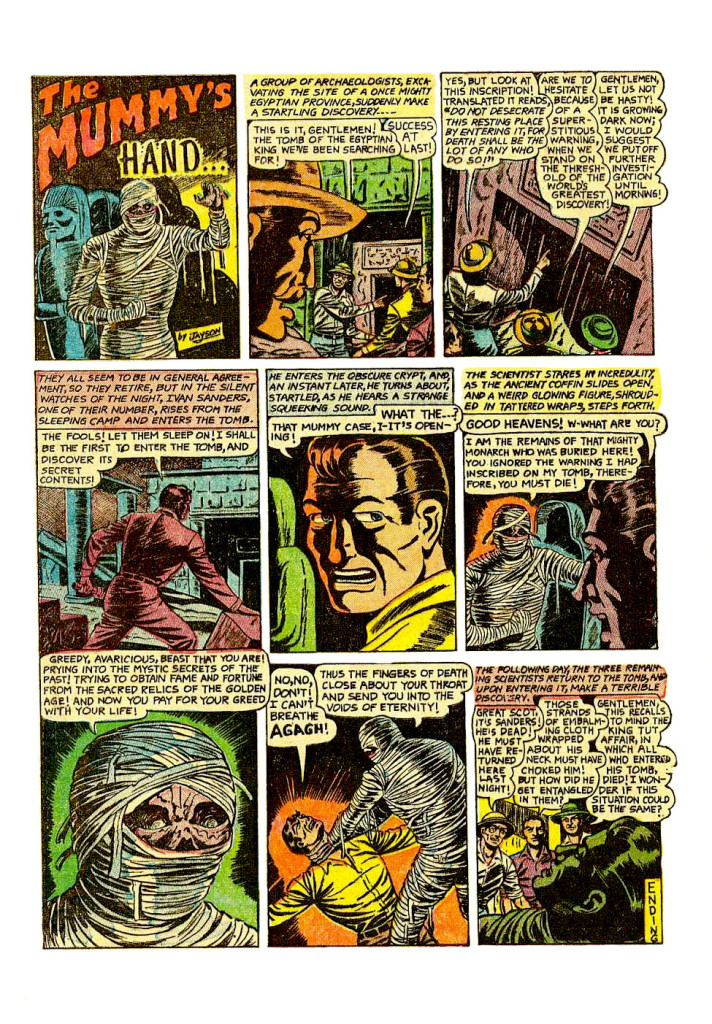
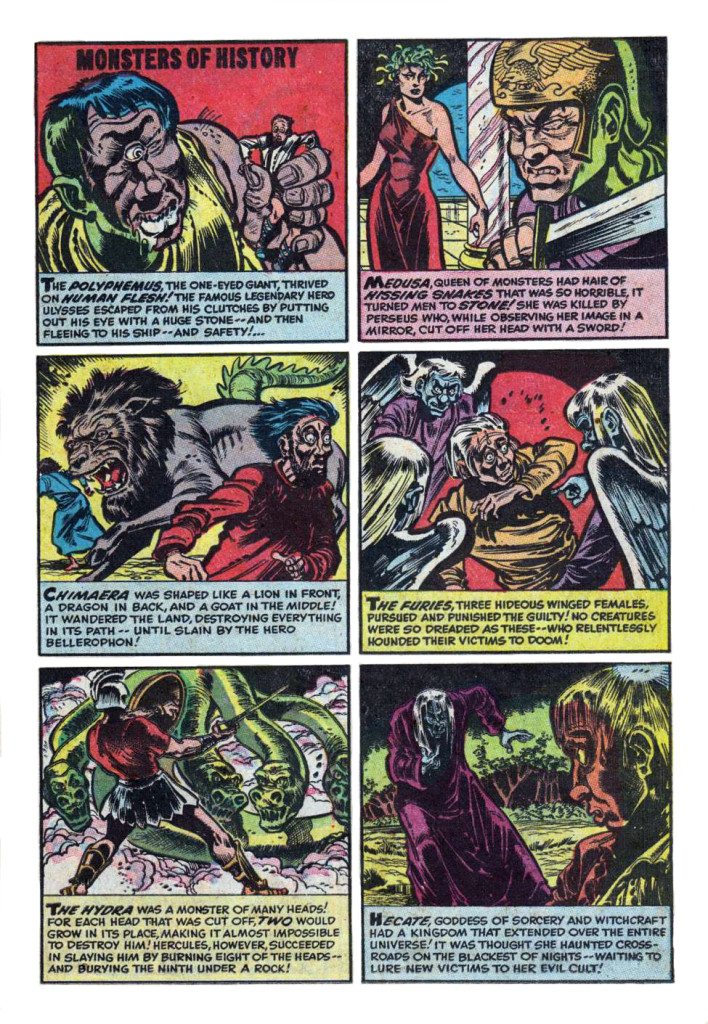
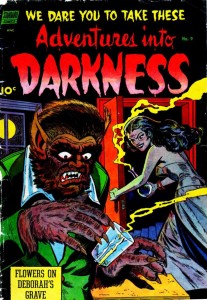 Happy Halloween to all you monsters, young and old! This week I’d been celebrating Queens’oween, a Halloween-themed holiday I made up that put the spotlight on homes around Queens, NY (home to both Pandora Zwieback and Pan’s publisher, StarWarp Concepts) that are celebrating All Hallows’ Eve in awesomely horrific style. But now this event has reached its end (for this year), so to mark the occasion I decided to present a classic one-page horror comic story for your reading enjoyment—one set (of course) in Queens!
Happy Halloween to all you monsters, young and old! This week I’d been celebrating Queens’oween, a Halloween-themed holiday I made up that put the spotlight on homes around Queens, NY (home to both Pandora Zwieback and Pan’s publisher, StarWarp Concepts) that are celebrating All Hallows’ Eve in awesomely horrific style. But now this event has reached its end (for this year), so to mark the occasion I decided to present a classic one-page horror comic story for your reading enjoyment—one set (of course) in Queens!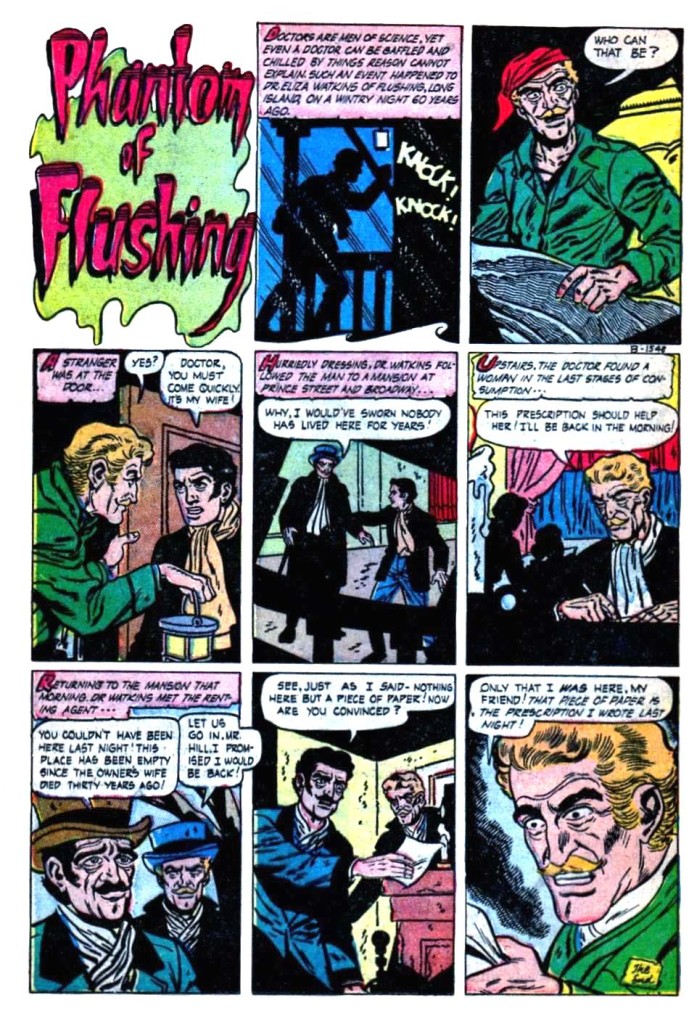
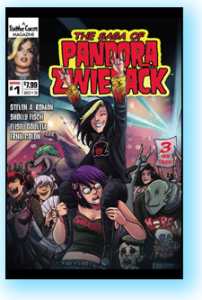
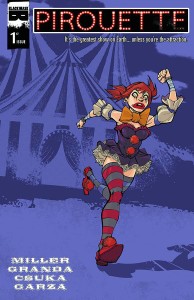 As I mentioned a couple of weeks back, in my post on the zombie apocalypse series
As I mentioned a couple of weeks back, in my post on the zombie apocalypse series 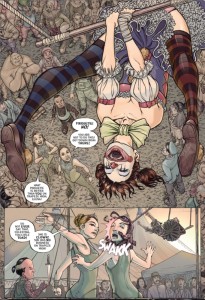 I’m glad I took that second look.
I’m glad I took that second look.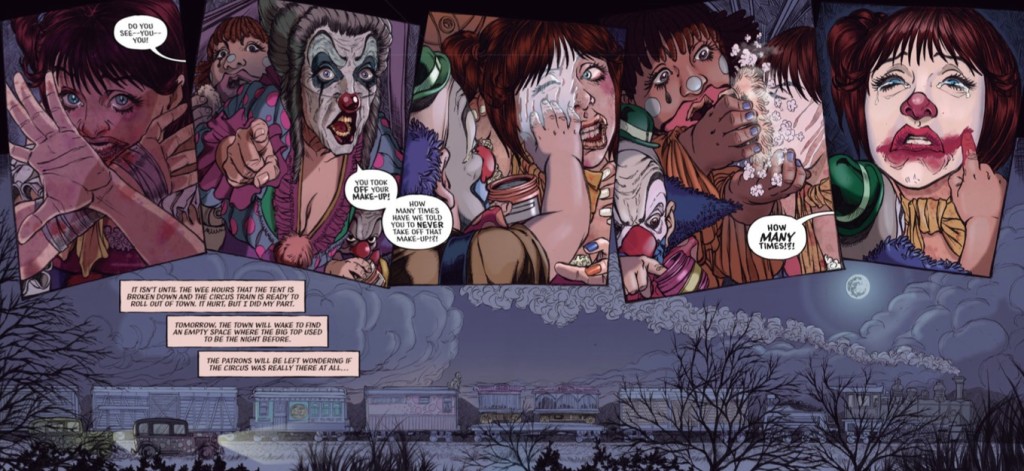
 Just in time for Halloween, here’s something different for this site: Me recommending a project I had nothing to do with. Okay, maybe not all that different—after all, I’ve posted
Just in time for Halloween, here’s something different for this site: Me recommending a project I had nothing to do with. Okay, maybe not all that different—after all, I’ve posted